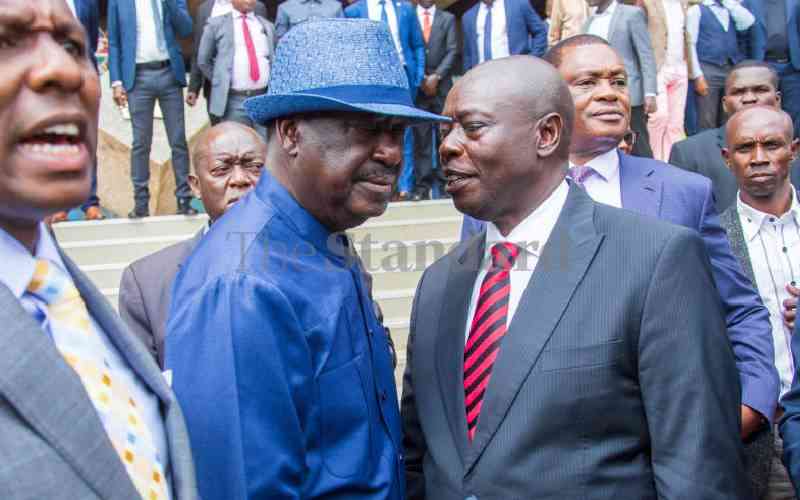
Sports persons who get injured while playing can sue for damages against another party under a claim of negligence.
The injuring party does not always have liability. In certain cases, clubs, governing bodies and referees can be sued over and above players.
In order to succeed in an action of negligence, the victim/injured party must be able to prove that he/she was owed a duty of care, that duty of care was breached and the damage suffered was caused by that breach.
With regards to duty of care participants in sports (especially contact sports such as rugby and football) owe a duty of care to one another.
Breach of that duty of care occurs when the injuring party‘s conduct is reckless and falls below the standard required of a reasonably skillful and competent professional player. The conduct must constitute an act that is more serious than an error of judgement.
The injury suffered must result from that breach and must be foreseeable. For example, it must be the type of injury that one would expect from a reckless foul or tackle.
Clubs and governing bodies may be considered vicariously liable for negligent acts causing injury to players on the field.
For this reason Uefa and Fifa have set up insurance funds to compensate clubs for injuries during international tournaments, such as the World Cup and the Euro Cup. The funds cover temporary total disablement, permanent disablement and death.
The insurance funds shield these governing bodies from potential negligence disputes. But the insurance does not cover injuries suffered from intentional assault.
Where the injuring party has the intention to harm or apply unlawful force on the victim he/she is liable for trespass to the person, for assault and battery.
Intention to harm or touch is difficult to prove in contact sports. However willful assault has been proven in the case of Alf Inge Haaland (Manchester City) v Roy Keane and Manchester United FC, in 2002.
In order to enable clubs to recognise and manage signs of concussions that occur on the field, the EPL and United States' National Football League introduced Concussion Protocols which provide that teams and organisers must ensure team and tunnel doctors accompany the team at all matches to assess whether a player ought to be removed from the field if a head injury occurs.
— The Writer is an International Sports and Entertainment lawyer and lecturer at Strathmore University
Stay informed. Subscribe to our newsletter
 The Standard Group Plc is a
multi-media organization with investments in media platforms spanning newspaper
print operations, television, radio broadcasting, digital and online services. The
Standard Group is recognized as a leading multi-media house in Kenya with a key
influence in matters of national and international interest.
The Standard Group Plc is a
multi-media organization with investments in media platforms spanning newspaper
print operations, television, radio broadcasting, digital and online services. The
Standard Group is recognized as a leading multi-media house in Kenya with a key
influence in matters of national and international interest.
 The Standard Group Plc is a
multi-media organization with investments in media platforms spanning newspaper
print operations, television, radio broadcasting, digital and online services. The
Standard Group is recognized as a leading multi-media house in Kenya with a key
influence in matters of national and international interest.
The Standard Group Plc is a
multi-media organization with investments in media platforms spanning newspaper
print operations, television, radio broadcasting, digital and online services. The
Standard Group is recognized as a leading multi-media house in Kenya with a key
influence in matters of national and international interest.





